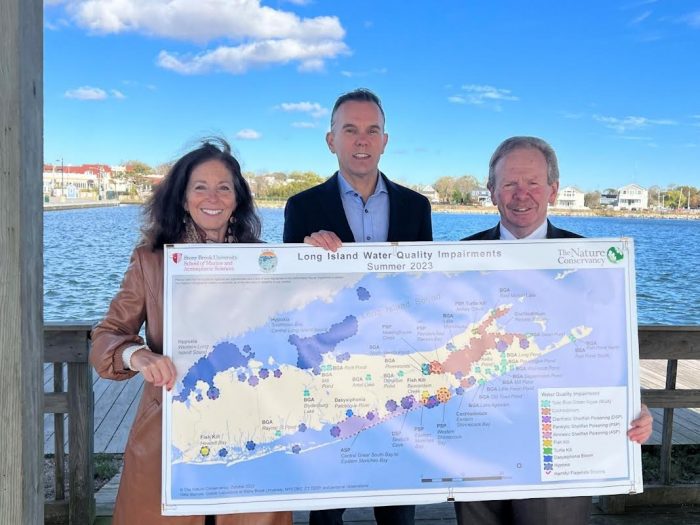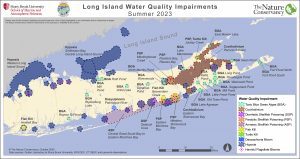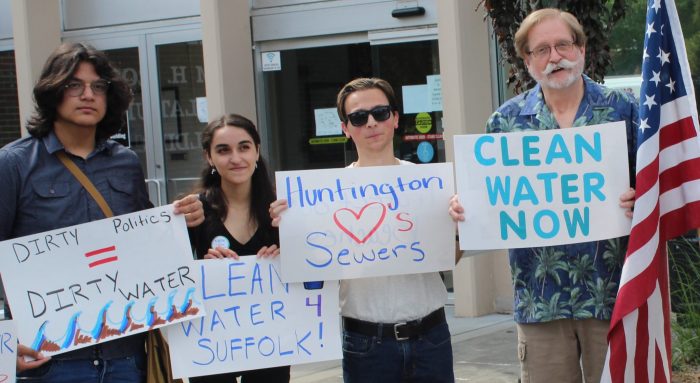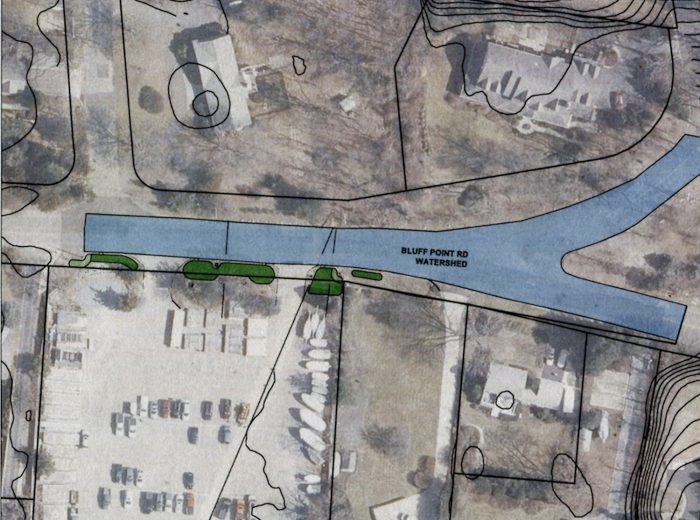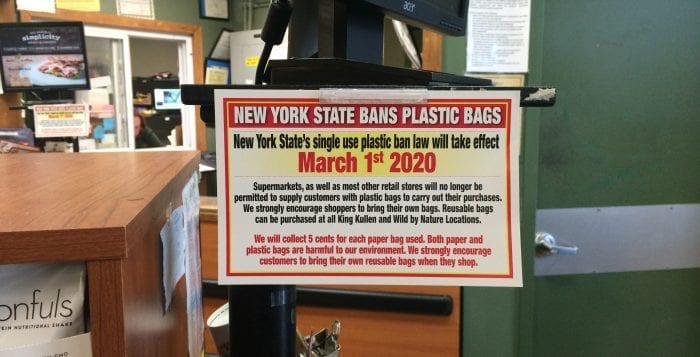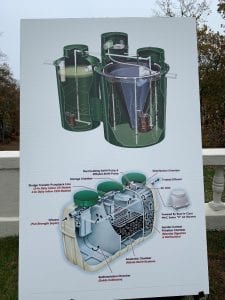By Mallie Jane Kim
Permanent protections for New York horseshoe crabs cleared a major hurdle during the last days of the 2024 state legislative session, passing both the state Senate and Assembly on June 7.
“It’s extremely exciting,” said Adrienne Esposito, executive director of Farmingdale-based Citizens Campaign for the Environment, which advocated for the bill. “The horseshoe crab has ambled around the earth for more than 350 million years — we think they have a right to continue to do so.”
The bill, which still needs the signature of Gov. Kathy Hochul (D) before becoming law, would prevent the taking of horseshoe crabs for commercial or biomedical purposes from state waters. The animals are used as bait for commercial whelk and eel fishing operations, and their blue blood is used to improve vaccine safety and aid in biomedical research, though a synthetic alternative is already in the works for that purpose.
The species has faced a steady decline in the last few decades, which in turn impacts birds like red knots, who feed on horseshoe crab eggs during their migration.
Not everyone is happy with the bill as it is currently written.
“The commercial fishing industry here on Long Island is going to be severely impacted by the passage of this bill,” said Rob Carpenter, director of the Long Island Farm Bureau, which advocates on behalf of commercial fishermen. “Their needs are not addressed in the bill.”
Carpenter, who indicated he hopes for the bill to be amended or vetoed, said horseshoe crab is the only usable bait for commercial fishermen catching whelk.
“If they are not allowed to utilize it, that means the state has just shut down an entire industry of fishing for an entire species,” he said.
The state Senate passed the bill 53-7 and the Assembly sent it through 102-39. Five North Shore legislators voted against the measure, namely Assemblymembers Jake Blumencranz (R-Oyster Bay), Mike Fitzpatrick (R-Smithtown), Jodi Giglio (R-Riverhead) and Fred Thiele (D-Sag Harbor); and state Sen. Anthony Palumbo (R-New Suffolk).
Esposito, who previously said she hoped new protections would incentivize commercial fishing operations to find alternative baits, said she knows from her recent time lobbying for the bill in Albany that the farm bureau and biomedical industry representatives are lobbying against it.
Biomedical companies do not currently harvest from Long Island waters, according to Esposito, though she is concerned stricter rules in neighboring states like Connecticut and Massachusetts could bring New York’s horseshoe crabs to their attention.
“The fact that they are lobbying against this bill is absurd,” she said. “We’re not inhibiting the medical industry — they have alternatives and they’re using alternatives. They’re just crying wolf.”
According to state governmental procedures, since the Legislature is now out of session, the governor will have 30 days to sign the bill once it is delivered to her, but there is no indication of when that delivery will happen. If the bill is not delivered to the governor before the end of the year, or if she does not act within 30 days of delivery, the bill is effectively vetoed.
“Our job’s not done yet,” Esposito said. “Now we’re going to begin our campaign to request the governor sign it.”



